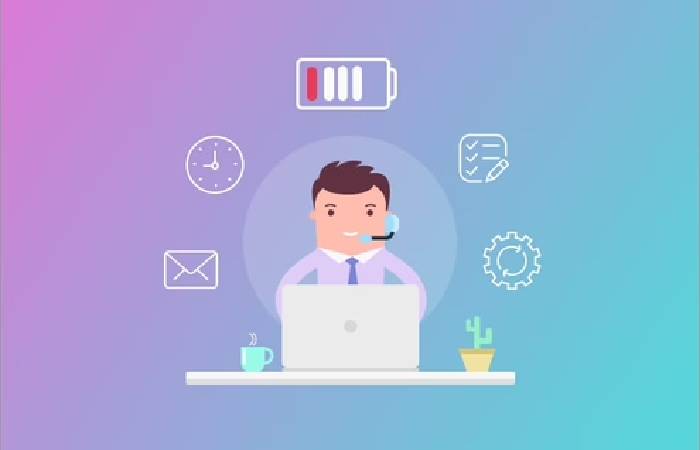Internal helpdesk – happy employees are productive employees. It is not a conjecture but a fact backed up by a thorough study: the 700-person experiment.
For the study, the researchers randomly selected employees and showed them a 10-minute comedy clip or gave them snacks/drinks. Then they checked with a series of questions to assess whether they were happy.
Finally, they were given the task of measuring their productivity: it was 12% higher than a control group not under happiness shock. Happy employees are undoubtedly more productive.
What Makes and Keeps Employees Happy?
It’s not about well-stocked break rooms, inspiring morning recaps or engaging team-building games. We’re not saying these things don’t impact a person’s motivation, and they make sense once you’ve already covered the basics. Fundamentals? The proper support to do your job.
And more than a friendly desk and a working internet connection. It’s about giving them instant support when things don’t go as they should.
The Built-In Helpdesk Continues To Create Happiness

Things break down. The internet is down. The laptop chargers are fragmenting it. And it turns out that people get frustrated on the way to work. An internet outage or a constantly crashing browser can cause even the calmest employees (in this case, also known as end users) to lose their minds.
Your customer support teams, your developers, your marketing people, your sales assistants – they all need systems that run smoothly. Again, it is where a solid in-house help desk will make all the difference. When you solve employee problems quickly, you make their lives easier.
And how do you still do this every day? You need a help desk solution that will keep your internal operations running smoothly, help you quickly email your team, and help your team work together to resolve employee issues.
Whatever you do, whether it’s an engineering company, an online retailer, or even a start-up social network, a responsive internal helpdesk can help not only productivity but morale (or service customer, customer satisfaction).
But Managing Help Desks Can Be Tricky
Running an internal helpdesk is neither simple nor straightforward. Internal help desks are (sometimes) slow to respond; It’s not because your team isn’t paying enough attention. You may want to assign work to the right person on your team. You want your team to work together professionally on emails, which is not easy.
Processing employee emails often involves forwarding them to teammates. And then, they exchange emails with each other to discuss the problem. As a result, email threads get long and confusing. As a result, the resolution is existence delayed.
Sometimes emails are ignored until an angry reminder is sent (“someone else will take care of this” syndrome). Or even worse, because one of the teens saw the email and decided to fix the problem alone, it never gets to the hypothetical person to take care of it.
You’ll end up with an angry user and a team that has wasted a lot of time and effort.
To run a help desk efficiently, you’ll need to consider both sides:
What do the employees of the internal service team expect?
What does your internal IT team need to work faster and better?
Once we have the answers to these questions, it will be pretty easy to choose a support solution.
